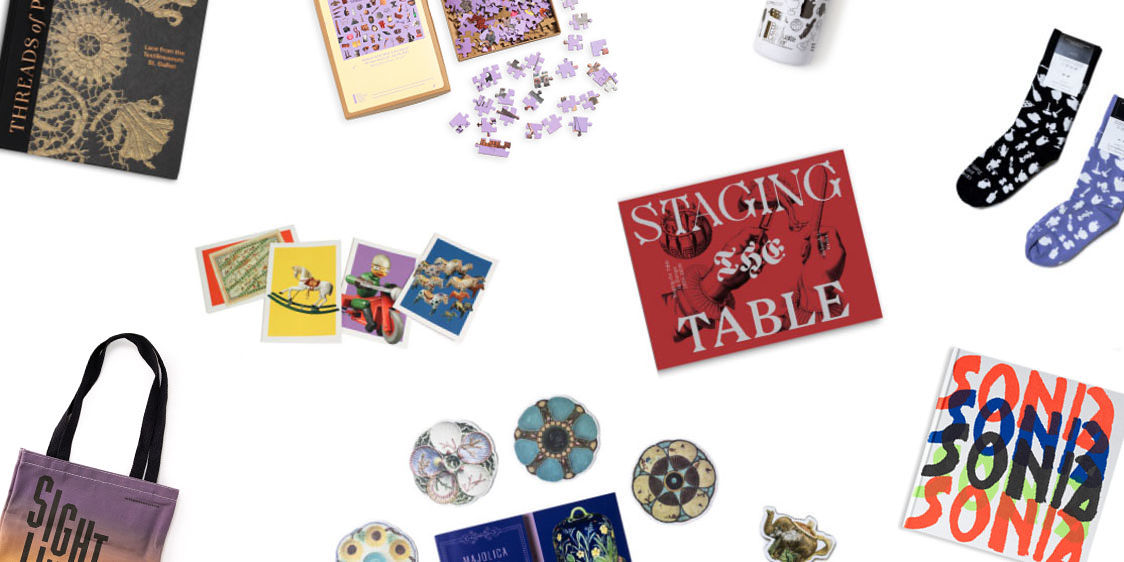Scope of the Institute
Project Content
Individual Projects and Meetings
Academic Resources
Project Faculty and Staff
Eligibility
Stipends and Housing
Application Instructions and Contact Information
FAQ
Recommended Readings
Weekly seminar readings may include selections from but are not limited to the following:
- Alexander, Leslie M. African or American? Black Identity and Political Activism in New York City, 1784-1861. Urbana: University of Illinois Press, 2008.
- Ames, Kenneth L. “Meaning in Artifacts: Hall Furnishings in Victorian America.” Journal of Interdisciplinary History 9 (Summer 1978): 19-46.
- Ballon, Hilary, ed. The Greatest Grid: The Master Plan of Manhattan. New York: Museum of the City of New York, 2012.
- Beckert, Sven, and Julia B. Rosenbaun, eds. The American Bourgeoisie, Distinction, and Identity in the Nineteenth Century. New York: Palgrave Macmillan, 2010.
- Blackmar, Elizabeth. Manhattan for Rent, 1785-1850. Ithaca: Cornell University Press, 1989.
- Brown, Joshua. Beyond the Lines: Pictorial Reporting, Everyday Life and the Crisis of Gilded Age America. Berkeley: University of California Press, 2002.
- Burrows, Edwin G., and Mike Wallace. Gotham: A History of New York City to 1898. Oxford University Press, 1998.
- Cantwell, Anne-Marie E., and Diana diZerega Wall. Unearthing Gotham: The Archaeology of New York City. New Haven: Yale University Press, 2001.
- Cook, James W. “Seeing the Visual in U.S. History.” Journal of American History 95:2 (September 2008): 432-41.
- Cromley, Elizabeth C. Alone Together: A History of New York’s Early Apartments. Ithaca: Cornell University Press, 1990.
- Dolkart, Andrew. Biography of a Tenement House in New York City. Charlottesville: University of Virginia, 2006.
- Garrison, J. Ritchie. “Material Cultures.” In A Companion to American Cultural History, ed. Karen Halttunen. Malden: Wiley-Blackwell, 2008.
- Gaskell, Ivan. “Some Cherokee and Chitimacha Baskets: Problems of Interpretation.” In Iconographies Without Texts, ed. Paul Taylor. London and Turin: Warburg Institute Colloquia 13 (2008): 175-193.
- Grier, Katherine C. Culture and Comfort: Parlor Making and Middle-class Identity, 1850-1930. Washington, D.C.: Smithsonian Institution Press, 1992.
- Harris, Neil, ed. Cultural Excursions: Marketing Appetites and Cultural Tastes in Modern America. Chicago: University of Chicago Press, 1990.
- “Period Rooms and the American Art Museum.” Winterthur Portfolio 46, no. 2/3 (Summer/Autumn 2012): 117-137.
- Harvey, Karen, ed. History and Material Culture: A Student’s Guide to Approaching Alternative Sources. London: Routledge, 2009.
- Henkin, David M. City Reading: Written Words and Public Spaces in Antebellum New York. New York: Columbia University Press, 1998.
- Herman, Bernard L. Town House: Architecture and Material life in the Early American City, 1780-1830. Chapel Hill: University of North Carolina Press for the Omohundro Institute of Early American History and Culture, Williamsburg, Virginia. 2005.
- Hill, Jason E., and Vanessa R. Schwartz, eds. Getting the Picture: The Visual Culture of the News. London: Bloomsbury Academic, 2015.
- Hofer, Margaret K., and Debra Schmidt Bach. Stories in Sterling: Four Centuries of Silver in New York. New York: New-York Historical Society, 2011.
- Howe, Katherine, Alice Frelinghuysen, and Catherine Voorsanger. Herter Brothers: Furniture and Interiors for a Gilded Age. New York: Abrams, 1994.
- Jaffee, David. Anthony’s Broadway on a Rainy Day.” Common-place: The Interactive Journal of Early American Life 10, no. 4 (July 2010).
- Lobel, Cindy R. Urban Appetites: Food and Culture in Nineteenth-century New York. Chicago: University of Chicago Press, 2014.
- McNeur, Catherine. Taming Manhattan: Environmental Battles in the Antebellum City. Cambridge, Mass.: Harvard University Press, 2014.
- Orcutt, Kimberly, ed. John Rogers: American Stories. New York: New-York Historical Society, 2010.
- Peterson, Carla. Black Gotham: A Family History of African Americans in Nineteenth-Century New York. New Haven: Yale University Press, 2012.
- Promey, Sally. “Situating Visual Culture.” In A Companion to American Cultural History, ed. Karen Halttunen. Malden: Wiley-Blackwell, 2008.
- Prown, Jules David, and Kenneth Haltman, eds. American Artifacts: Essays in Material Culture. East Lansing: Michigan State University Press, 2000.
- Rosenzweig, Roy, and Elizabeth Blackmar. The Park and the People. Ithaca: Cornell University Press, 1988.
- Schwartz, Vanessa R., and Jeannene M. Przyblyski, eds. Nineteenth-Century Visual Culture Reader. New York: Routledge, 2004.
- Scobey, David M. Empire City: The Making and Meaning of the New York City Landscape. Philadelphia: Temple University Press, 2002.
- Skemer, Don C. “David Alling’s Chair Manufactory: Craft Industrialization in Newark, New Jersey, 1801-1854.” Winterthur Portfolio 22, no. 1 (Spring, 1987): 1-21.
- Tchen, John Kuo Wei. New York Before Chinatown: Orientalism & the Shaping of American Culture, 1776-1882. Baltimore: The Johns Hopkins University Press, 1999.
- Upton, Dell. Another City: Urban Life and Urban Spaces in the New American Republic. New Haven: Yale University Press, 2008.
- Voorsanger, Catherine Hoover, and John K. Howat, eds. Art and the Empire City: New York, 1825–1861. New York: Metropolitan Museum of Art, 2000.
- Yochelson, Bonnie, and Daniel Czitrom. Rediscovering Jacob Riis: Exposure Journalism and Photography in Turn-of-the-Century New York. New York: New Press, 2007.
- Zurier, Rebecca, Robert W. Snyder and Virginia M. Mecklenburg. Metropolitan Lives: The Ashcan Artists and Their New York. Washington, D.C.: National Museum of American Art, 1995.
Please direct all application inquiries to: nehinstitute@bgc.bard.edu, and for more details visit the Application Instructions and Contact Information page.
Any views, findings, conclusions, or recommendations expressed in this program do not necessarily reflect those of the National Endowment for the Humanities.











